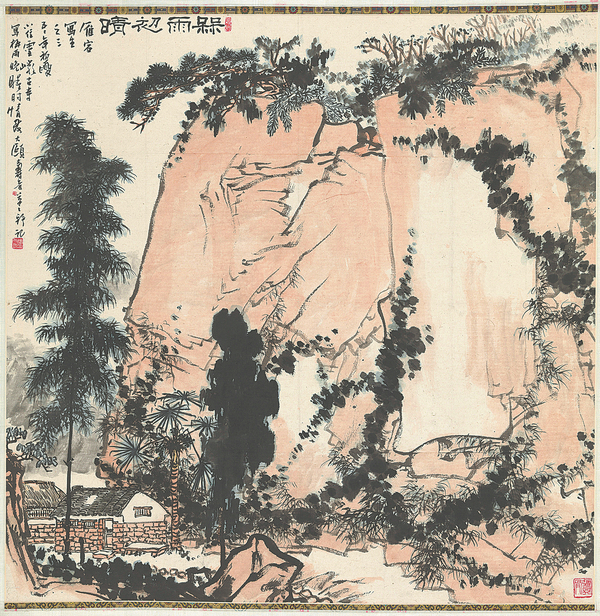

He says the paintings on show celebrate the momentum of nature and more importantly, human spirit and vitality.
"The exhibition is a journey to take viewers to the time of the featured painters to understand how they integrated individual feelings with the atmosphere of different stages in history in their distinctive depictions of landscapes," Wu adds.
Paintings that portray socialist construction after the founding of the People's Republic of China in 1949 are also highlighted at the exhibition.
Monumental works have been shown at the National Art Museum of China from time to time.
These include Wuhan Fangxun Tu, a scroll painting by Li Xiongcai that documents people of Wuhan, Hubei province, busily engaged in flood-defense projects ahead of rainstorms, and Sanmen Gorge in which late oil painter Wu Zuoren presented a panoramic view of the Yellow River and the ongoing dam-building at the gorge in Henan province.
Paintings created in this period-1950s and '60s-show the efforts of artists in building a new imagery system, incorporating into the landscape paintings new subjects of depiction that predecessor artists never did: miners, rigs, dams and power stations.